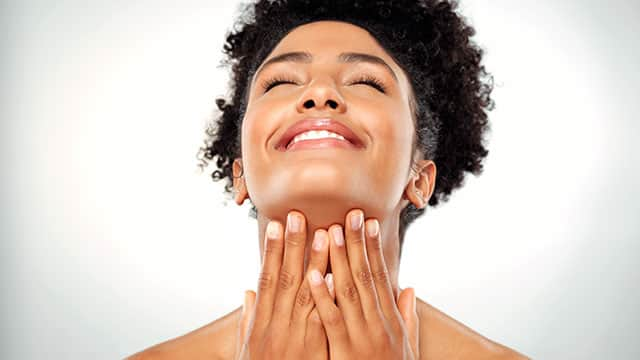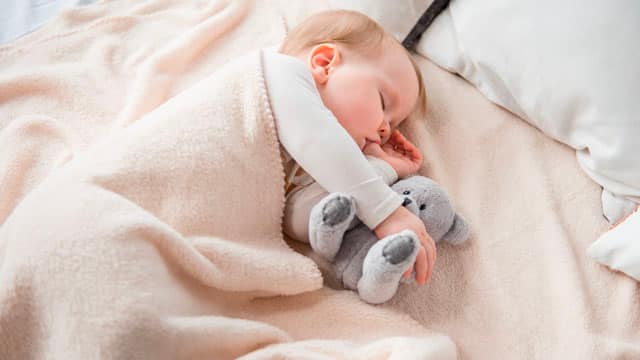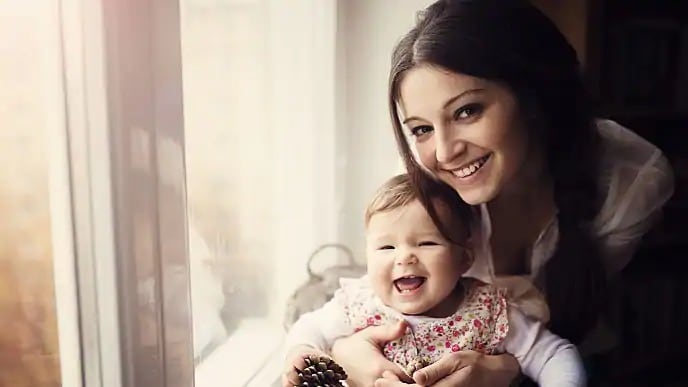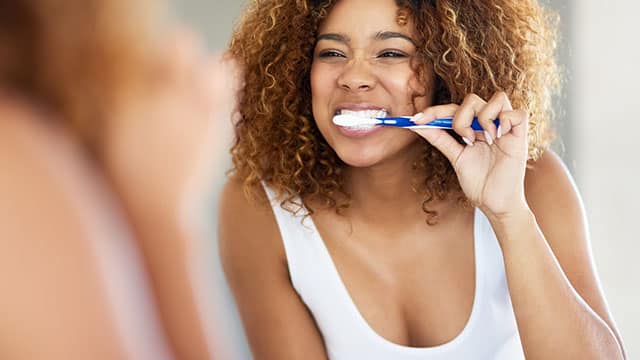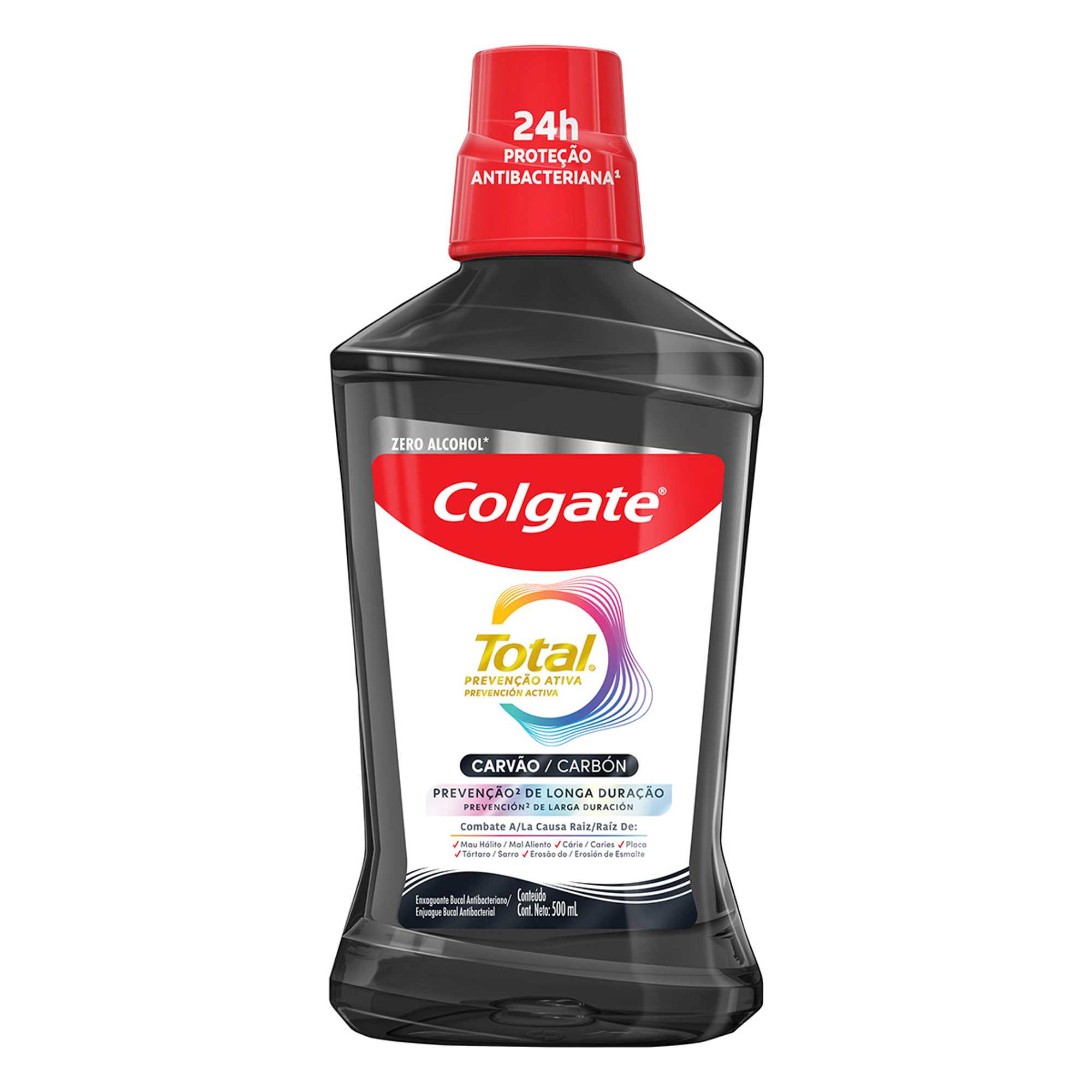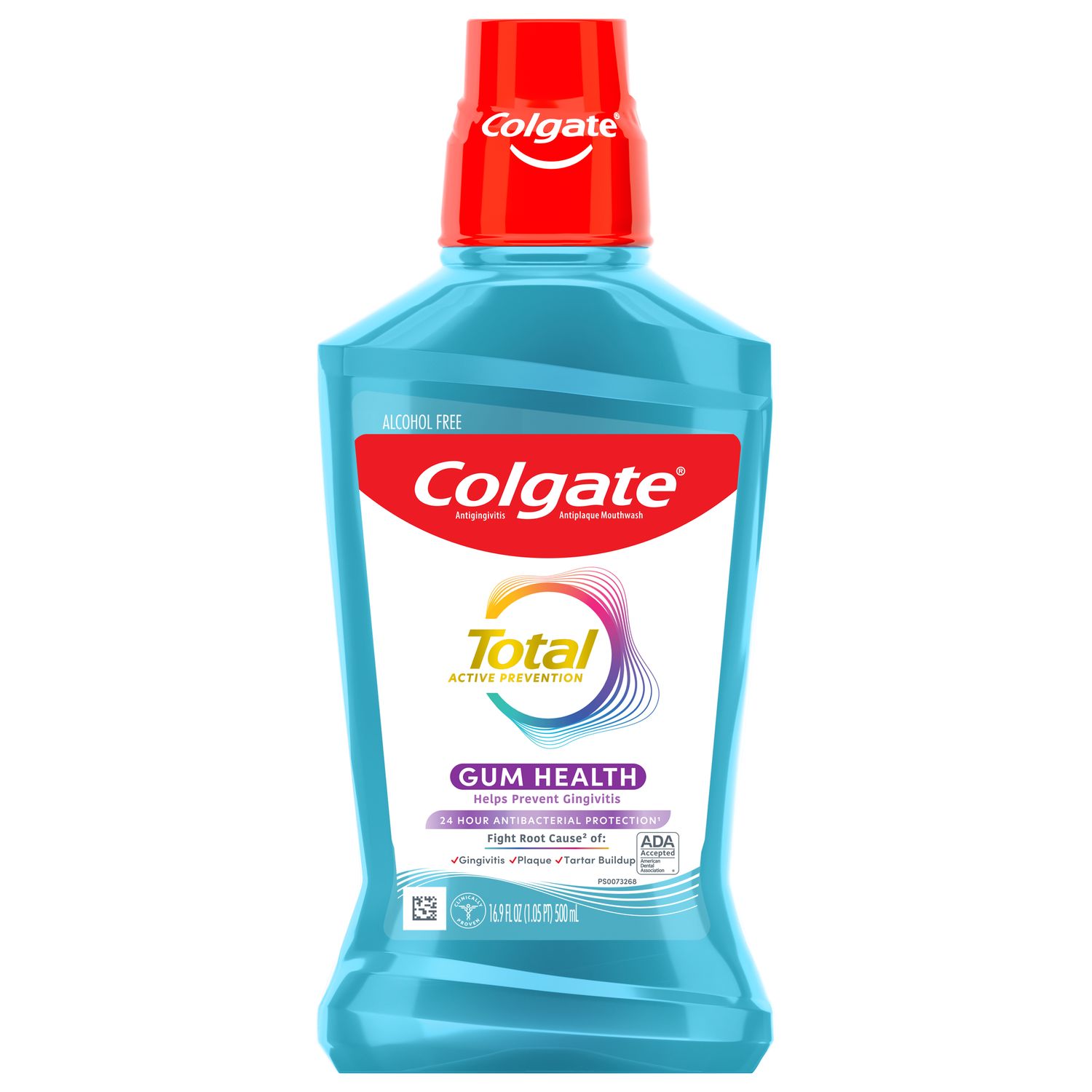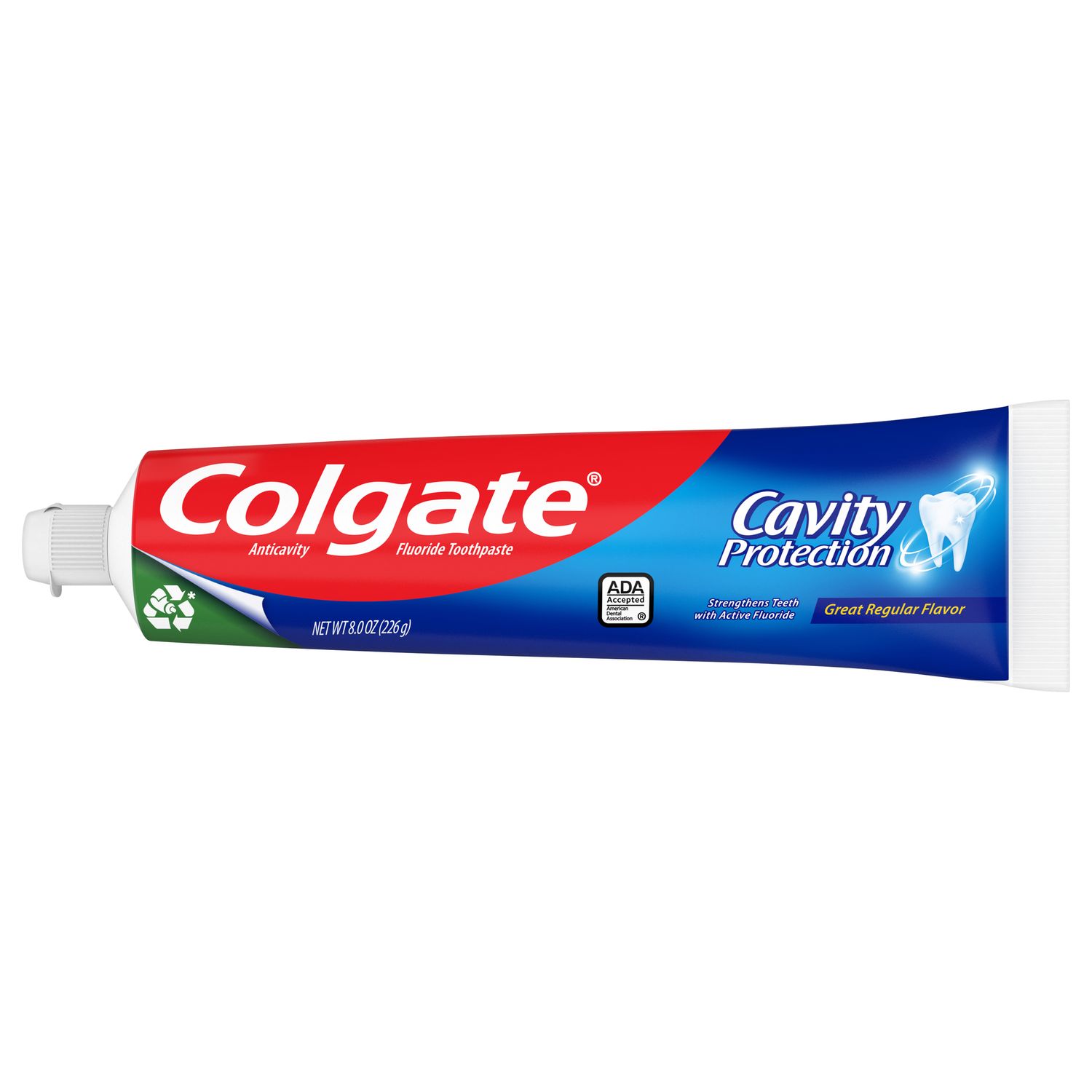Mastication and Related Muscles
Without these muscles, you'd need to get all your sustenance intravenously. By working together, these muscles let you bite into your favorite burger and enjoy a frosty milkshake.
The four main mastication muscles – masseter, medial pterygoid, lateral pterygoid, and temporalis – are attached to the skull and the lower jaw. These muscles are responsible for the movement of the jaw joint.
Other muscles playing supporting roles to help you eat and drink are the buccinator and the mylohyoid.
Masseter: This powerhouse muscle raises your lower jaw, allowing you to close your mouth and chew.
One of your strongest facial muscles, the masseter, is a flat, thick, rectangular-shaped muscle. It connects your mandible, or lower jawbone, to your cheekbone on each side of your face.
Medial Pterygoid: This versatile muscle does triple duty.
Two medial pterygoid muscles work on each side of your jaw:
- If you contract both muscles at once, your jaw moves forward.
- If you only contract one medial pterygoid, you push your jaw to the opposite side, helping you move your jaw from side to side.
- When your medial pterygoid works together with your masseter and temporalis muscles, you can close your mouth and bite.
Starting at the bone at the base of your skull, the medial pterygoid extends up into the jawbone.
Lateral pterygoid: This muscle has a pretty significant job: opening your mouth. And once you've taken a bite, the lateral pterygoid helps you to chew.
This short, thick wing-shaped muscle is located above the medial pterygoid on both sides of the face.
Temporalis: Looking like a large fan in your temporal bone, this muscle helps close the mouth.
Buccinator: How is it you don't frequently bite the insides of your cheeks when chewing food? It's because the buccinator muscle keeps your cheeks a comfortable distance away from your teeth.
Touch the area of your buccinator muscle by placing your fingers on the hollow in your interior cheek between your upper and lower jaw.
The buccinator muscle helps with these functions, two of which go beyond eating:
- Prevents you from biting your cheek as you eat.
- Controls airflow through the mouth to whistle and suck in/blow out air, essential for meditative breathing and playing some musical instruments.
- Form your smile with the help of other muscles.
Mylohyoid: Swallowing plays a significant role in everyday functions such as talking and chewing. When you swallow, your pair of mylohyoid muscles help raise the floor of your mouth to aid in the action.
Facial Expression Muscles
We've all gotten a taste of what it's like not seeing the friendly smiles of people in our local grocery stores and coffee shops.
So, imagine what it'd be like if unmasked, those smiles weren't there.
These muscles create our smiles - plus our pouts - and allow us to communicate nonverbally. They are essential to our well-being and the moods of those around us.
Zygomaticus: This is one of the most critical muscles for putting a smile on your face.
The muscle begins at the cheekbone and runs to the corner of the lips. You have a zygomaticus muscle on both sides of your face.
The emotional effects the zygomatic produces are feelings of warmth, friendliness, and happiness.
Technically, the zygomaticus muscles contract to draw the corners of the mouth upward and outward to create your smile.
If the zygomaticus muscle splits at birth, it creates another pleasing physical characteristic – dimples.
Mentalis: By letting you lower and raise your bottom lip, this muscle helps you make a variety of facial expressions. With it, you can:
- Wrinkle your chin (expressing that you're deep in thought or contemplating life's great question – hence in "mental" concentration)
- Smile and create dimples
- Pout (sometimes called the "pouting muscle")
By placing two fingers on your chin below your lips, you'll find the mentalis muscle.
Risorius: When you smile, laugh or purse your lips, you're using this little-known muscle.
The risorius attaches to the skin at the corners of your mouth, allowing you to make expressions by pulling your lips back toward your ears.
The risorius works closely with other facial muscles that enable you to smile and create other facial expressions. When the risorius is drawn back without the movement of other muscles, your mouth will take the shape of a flat line or grimace rather than a smile.
Orbicularis Oris: Kissing. Blowing bubbles. Whistling. So many lovely things in life are courtesy of the orbicularis oris.
A ring of muscle encircling your mouth and anchored in your lips, the orbicularis oris (aka the "kissing muscle") allows you to pucker and close your lips.
The orbicularis oris also helps you to release air from the mouth forcibly. Besides blowing bubbles and whistling, you can, if you want, spit watermelon seeds and play musical instruments such as the trumpet.
Levator Anguli Oris: People who show their teeth without really smiling are using this muscle without using the other muscles that produce a smile.
Originating at the upper jawbone just above the canine tooth, the levator anguli oris muscle is located to the side of the nose. Attached to other muscle fibers at the mouth's outer angle, the levator anguli oris contracts when a nerve activates it. That helps raise the upper lip and pull it back slightly.
This movement exposes the teeth and helps you create expressions of contempt and disdain. However, when the levator anguli oris works together with other muscles, it helps you form a smile.
Occipitofrontalis: A raised eyebrow can convey skepticism, curiosity, surprise. And this is the muscle responsible for raising one or both eyebrows.
The occipitofrontalis stretches from your eyebrows to the back of your head. It gets its name from its two distinct parts:
- The occipital belly, located at the back of the head, causes the scalp to move backward.
- The frontal belly, located above your eyebrows, draws the scalp forward, helping you form facial expressions. It also wrinkles the skin of the forehead.
When all the facial muscles work as they should, your life is richer since you can eat good food and express your emotions to those you love.
Oral Care Center articles are reviewed by an oral health medical professional. This information is for educational purposes only. This content is not intended to be a substitute for professional medical advice, diagnosis or treatment. Always seek the advice of your dentist, physician or other qualified healthcare provider.
ORAL HEALTH QUIZ
What's behind your smile?
Take our Oral Health assessment to get the most from your oral care routine
ORAL HEALTH QUIZ
What's behind your smile?
Take our Oral Health assessment to get the most from your oral care routine





